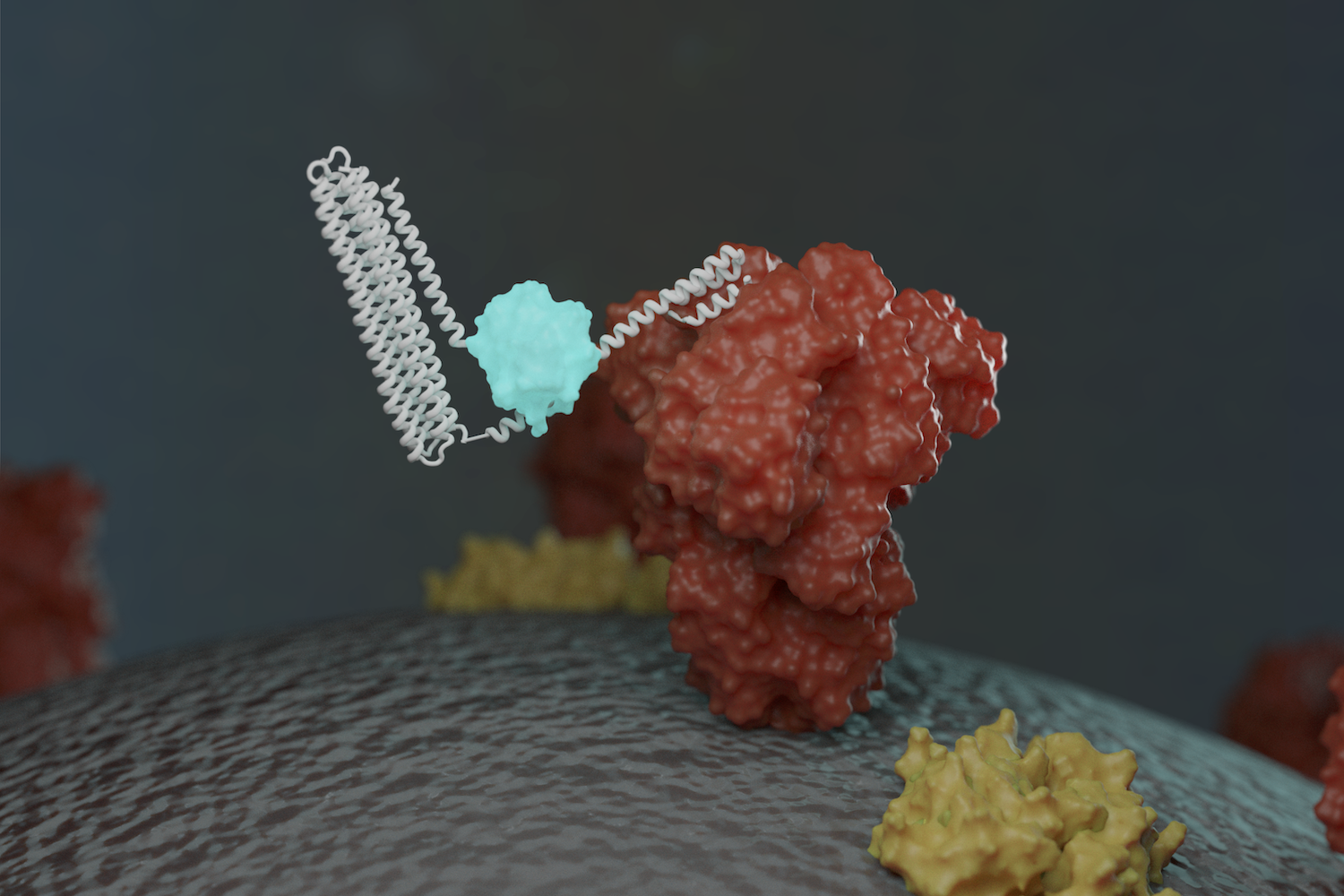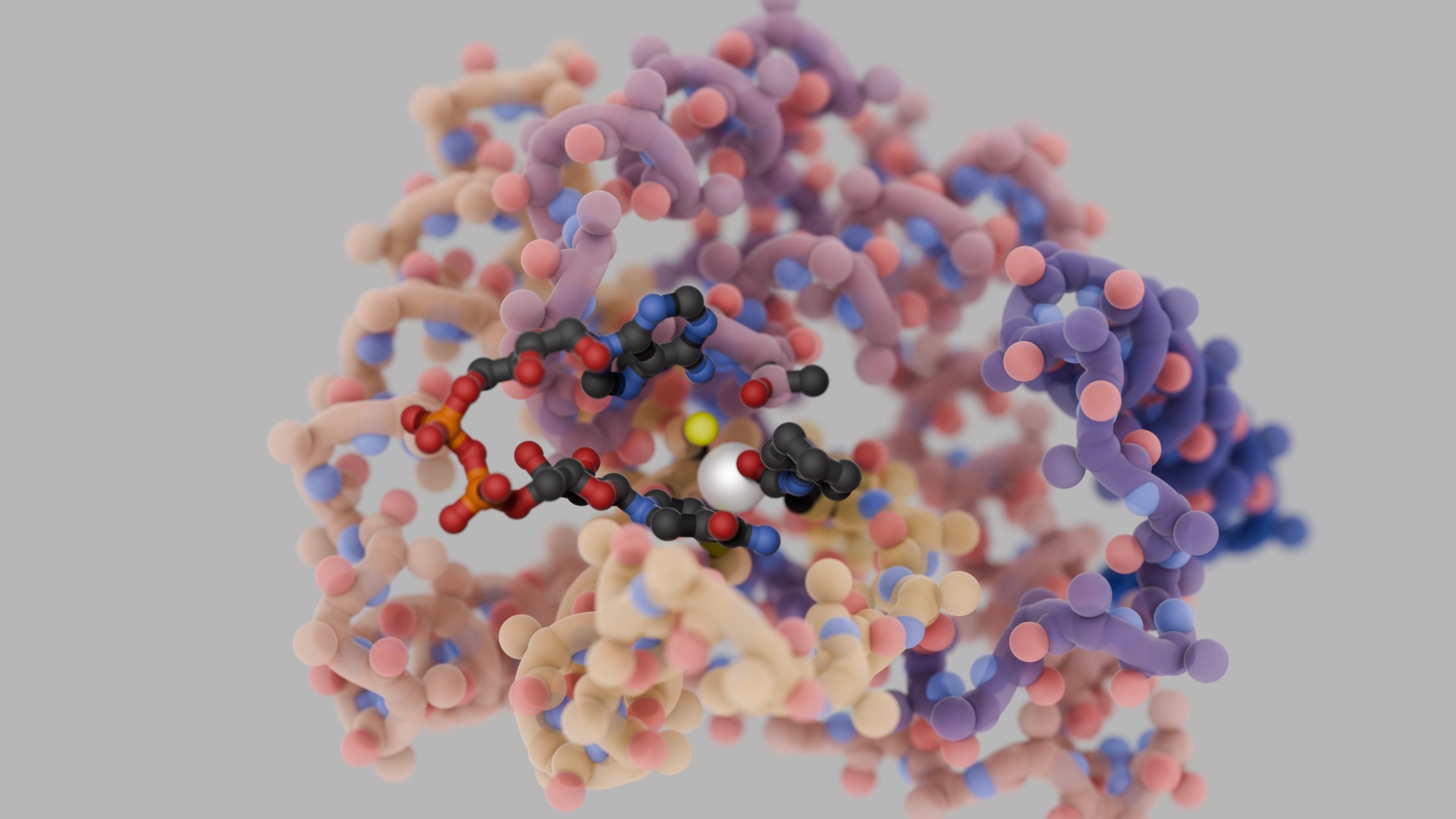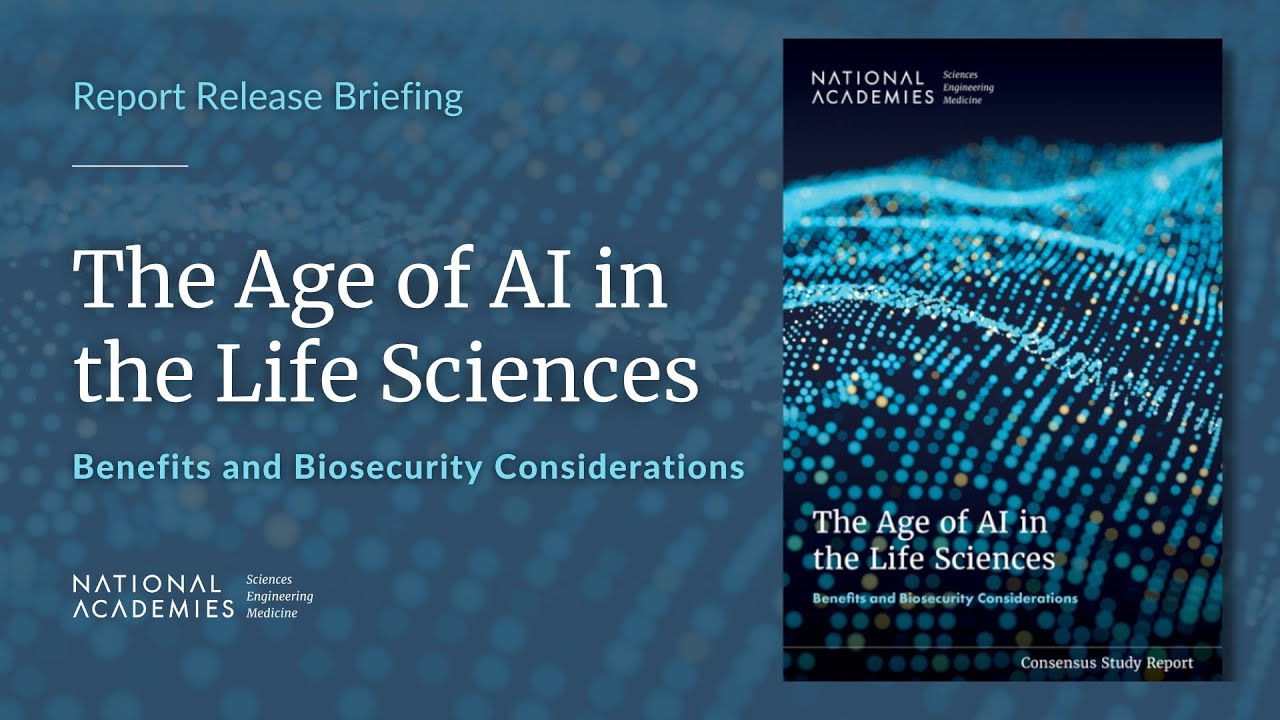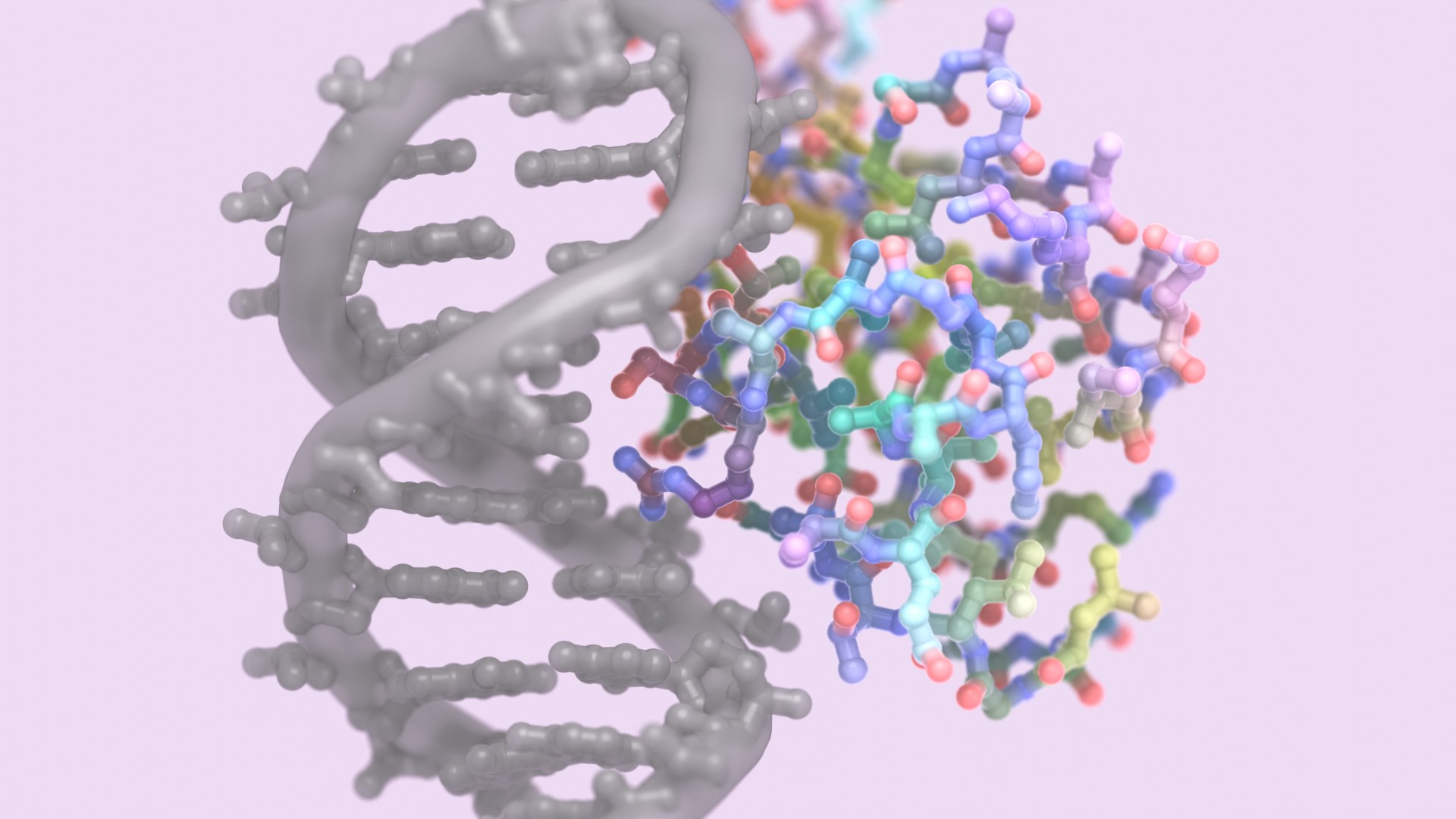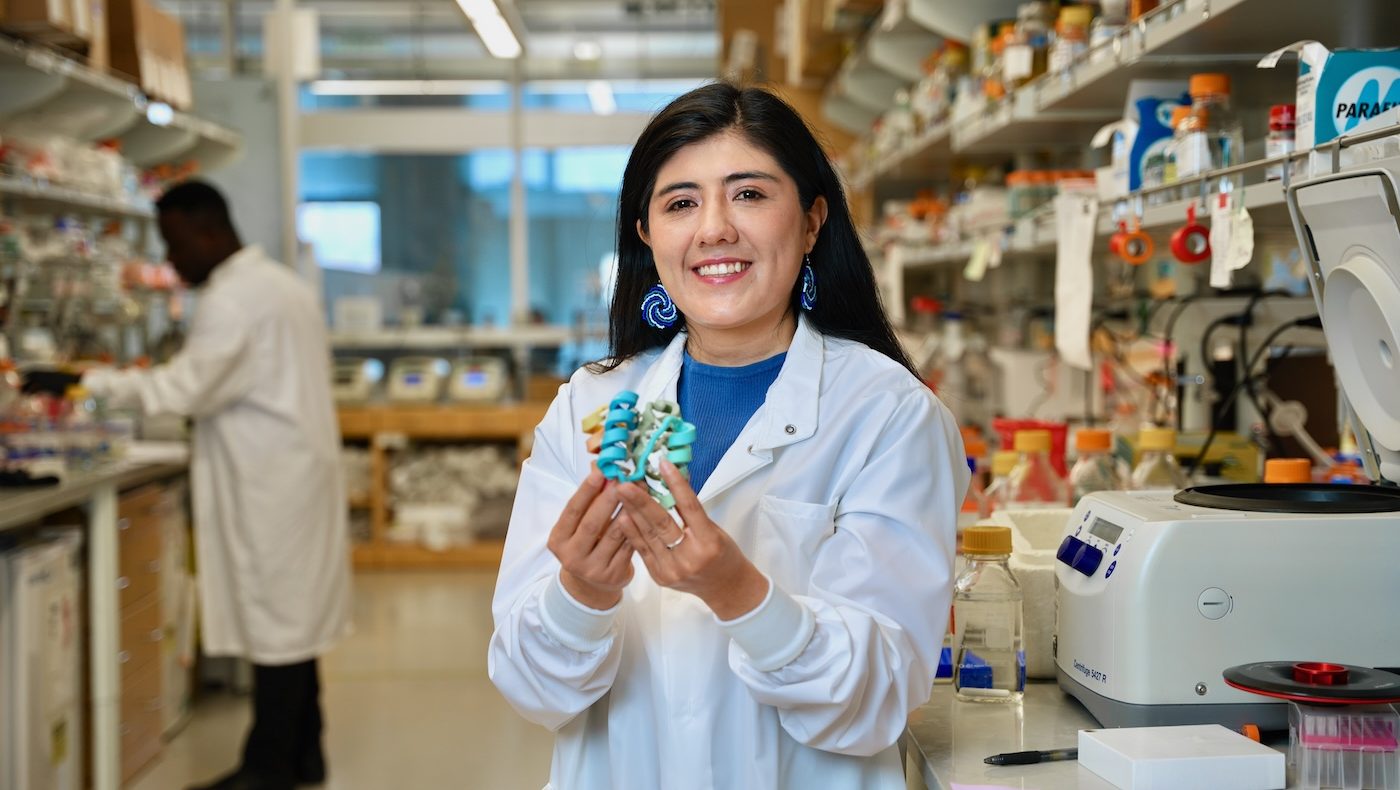This week we report [PDF] a new way to detect the virus that causes COVID-19, as well as antibodies against it. Scientists at the Institute for Protein Design have created protein-based sensors that glow when mixed with components of the virus or specific antibodies. This breakthrough could enable faster and more widespread testing in the near future.
To diagnose coronavirus infection today, most medical laboratories rely on a technique called RT-PCR, which amplifies genetic material from the virus so that it can be seen. This technique requires specialized staff and equipment. It also consumes lab supplies that are now in high demand all over the world. Supply-chain shortfalls have slowed COVID-19 test results in the United States and beyond.
To directly detect key proteins that make up the coronavirus without the need for genetic amplification, a team led by IPD bioengineering graduate student Alfredo Quijano-Rubio and IPD postdoctoral scholar Hsien-Wei Yeh used Rosetta to design new LOCKR-based biosensors. These protein-based devices can recognize either a target protein from the virus or antibodies, bind to them, then emit light through a biochemical luciferase reaction.
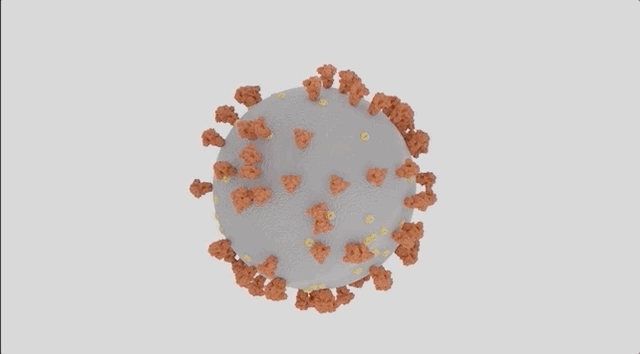

Antibody testing can reveal whether someone has had COVID-19 in the past. It is being used to track the spread of the pandemic, but it too requires complex laboratory supplies and equipment.
The same team of UW researchers also created biosensors that glow when mixed with COVID-19 antibodies. They showed that these sensors do not react to other antibodies that might also be in the blood, including those that target other viruses. This sensitivity is important for avoiding false positives.
“We have shown in the lab that these new sensors can readily detect virus proteins or antibodies in simulated nasal fluid or donated serum. Our next goal is to ensure they can be used reliably in a diagnostic setting. This work illustrates the power of de novo protein design to create molecular devices from scratch with new and useful functions” said David Baker, professor of biochemistry and director of the Institute for Protein Design.
Beyond COVID-19, the team also showed that similar biosensors could be designed to detect medically relevant human proteins such as Her2 and Bcl-2, as well as a bacterial toxin and antibodies against Hepatitis B virus.
This research was supported by the National Institutes of Health, Howard Hughes Medical Institute, Air Force Office of Scientific Research, The Audacious Project, Eric and Wendy Schmidt by recommendation of the Schmidt Futures, Washington Research Foundation, Nordstrom Barrier Fund, The Open Philanthropy Project, LG Yonam Foundation, BK21 PLUS project of Korea, United World Antiviral Research Network (UWARN) one of the Centers Researching Emerging Infectious Diseases, as well as gift support from Gree Real Estate and “la Caixa” Foundation.

